Imagine you're working on a class project for school or meeting a project deadline for work.
How do you value each person’s input and feedback to encourage cultural diversity and foster inclusion?

Diversity and inclusion are used together to talk about the culture of an organization, but they're not the same.
So...
How do you know you have a diverse group of people while also celebrating everyone's unique background? 💡
Do people in the group feel supported? 💡
Knowing the difference between the two can help you understand if your classroom, workplace, or in any setting includes diversity and inclusion.
What is "Diversity"?
Diversity is "simply having a mix of people" from different backgrounds, genders, ethnicity, sexual orientation, and religion.
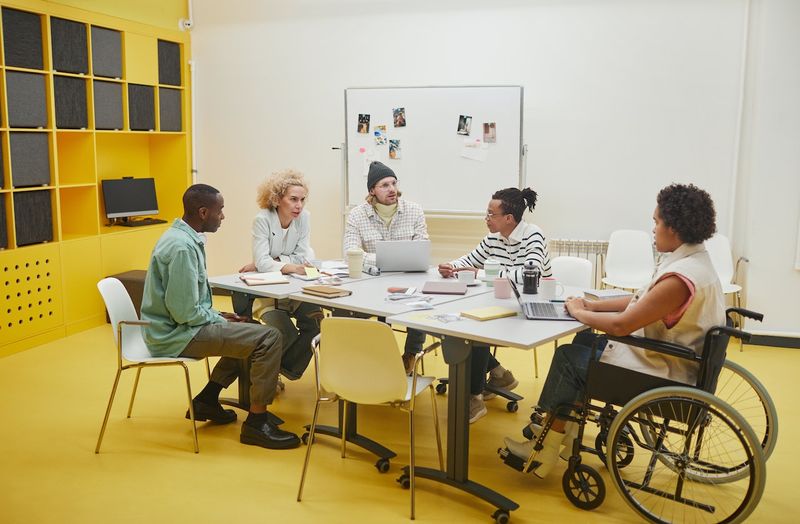
Diversity also describes people with a variety of identities, values, perspectives, abilities, and more.
There are 4 types of diversity:
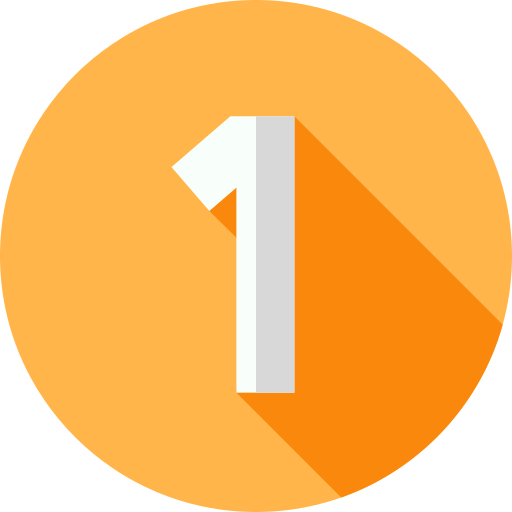
Internal diversity — any trait or quality that a person is born with.
Gender
Physical abilities
Ethnicity
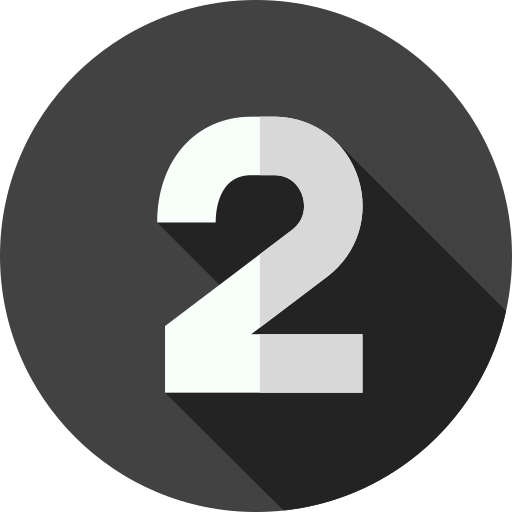
External diversity — values or experiences that shape a person's identity.
Social economic background
Religious practices
Education
Marital status
Location

Organizational diversity — a group of people with different job experiences (past or present).
Job functions
Management Level
Work experience
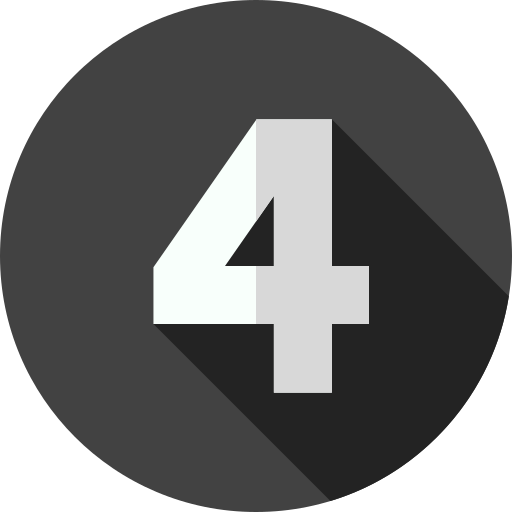
Worldview diversity — a group of people with a variety of interpretations of the world.
Range of beliefs
Political affiliations
Culture
Travel experiences
Diversity in the Workplace

What does diversity look like in the workplace? What does an organization need to do to incorporate diversity?
Are the 4 types of diversity mentioned above present across the entire workplace?
Are there regular meetings for feedback from different perspectives?
Are the organization's policies and efforts on diversity transparent?
Does recruitment involve inclusive, gender-neutral job descriptions?
Knowledge Check: Diversity⚡
A company is looking into diversifying its web developer team. All of the team members were hired from the University of Washington aged between 27 and 32 years old all with computer science degrees. What can they do to bring more diversity to the team?
A. Hire team members from different educational and social economic backgrounds.
B. Recruit team members with computer science degrees from other universities.
C. Onboard team members with a variety of experience as engineers, writers, designers, etc.
D. Recruit a team member from the University of Washington who has a background in Information Technology.
Quiz
What can they do to bring more diversity to the team? Check all that apply.
What is "Inclusion"?
Inclusion is how you make people from different backgrounds, genders, ethnicity, sexual orientation, and religion "feel like they belong."

Imagine you’re with your friends having fun. Being inclusive means being free to celebrate each person’s unique differences in ethnicity, gender identity, and culture, but feeling great that you’re accepted and belong together as part of that friendship.
The Harvard Business Review measures "inclusion" within an organization based on 7 key dimensions:
Fair treatment — are employees rewarded and recognized fairly for achievements?
Integrating differences — are employees' opinions respected and valued?
Decision making — are employees' ideas and suggestions considered fairly?
Psychological safety — are employees allowed free expression of their feelings?
Trust — can employees communicate about the organization honestly?
Belonging — do employees feel that the organization cares?
Diversity — does executive management represent the diverse workforce?
Diversity and Inclusion in a Classroom
Use this simple quote from Verna Myers to help you understand the difference between diversity and inclusion:
Diversity is being invited to the party; inclusion is being asked to dance.
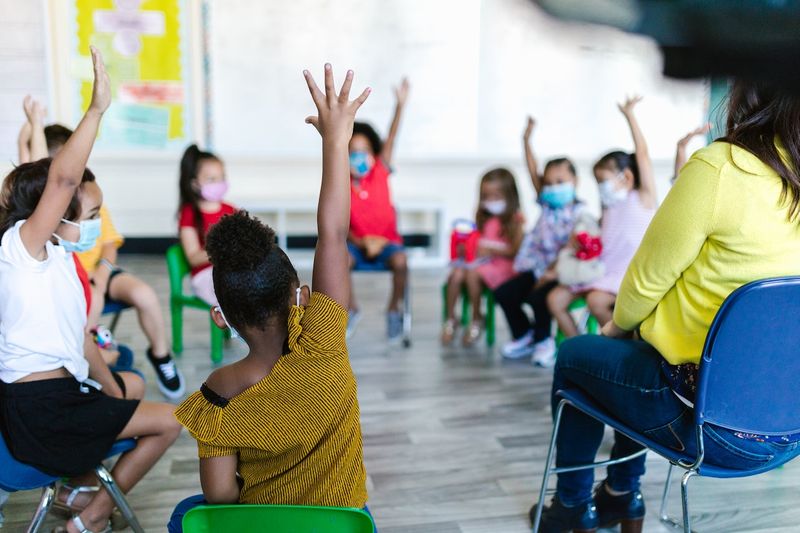
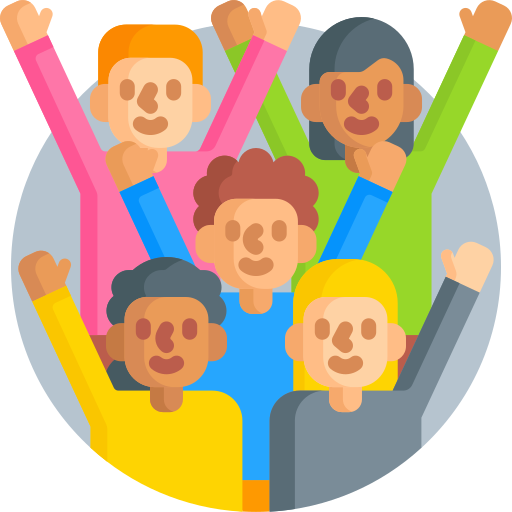
Diversity in a school looks like:
Diverse student body from different ethnicities, cultures, and religions
Diverse college admission acceptance policy
Diverse board members representing the population of the student body
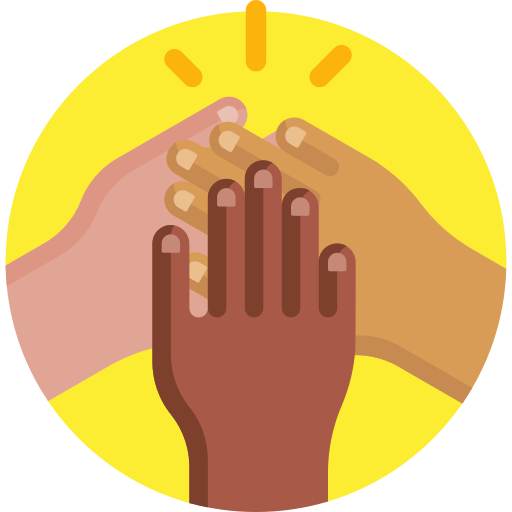
Inclusion in a school looks like:
Teachers checking their biases with resources
Model inclusive language in examples (ie. gender-inclusive, person-first/identity-first language, etc.)
Provide a variety of opportunities for students to participate (ie. writing, small group chat, etc.)
Encourage and respect students' honest thoughts and expressions
Knowledge Check: Inclusion ⚡
 Photo by Jason Goodman on Unsplash
Photo by Jason Goodman on UnsplashIn the workplace, you may find an environment that:
A. Provides access to resources, opportunities, and support.
B. Recruites job candidates from diverse backgrounds.
C. Has leaders and managers who listen and communicate with honesty.
D. Encourages employees to express themselves and listen to their colleagues' needs.
Quiz
Which of these items are signs of Inclusion? Check all that apply.
Take Action

Think about how you can promote diversity and inclusion in your setting. Now that you know the difference between "diversity" and "inclusion", how can you bring it into your classroom, workplace, or any setting?
Your feedback matters to us.
This Byte helped me better understand the topic.

